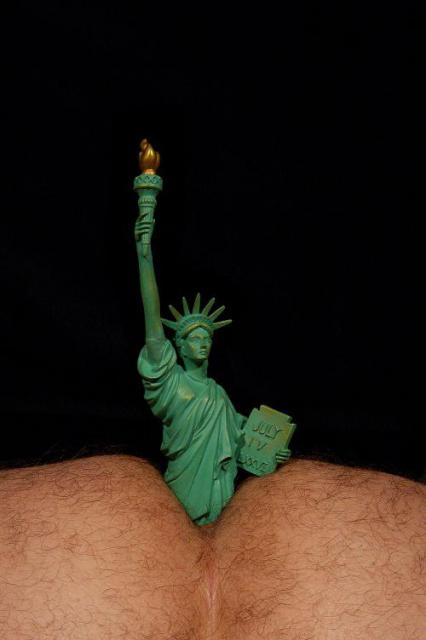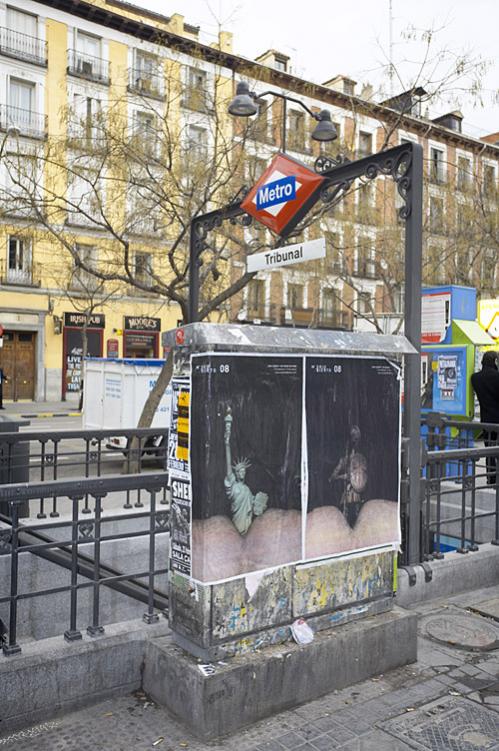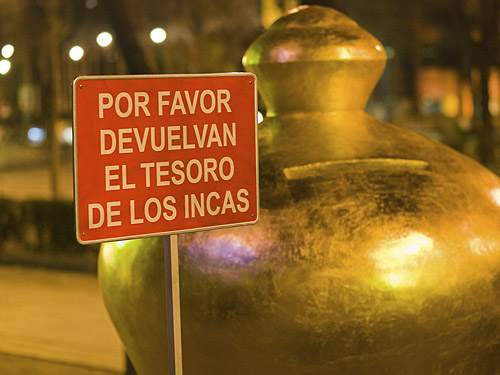






This project arose during a conversation with my analyst. I was talking about the problems of being of mixed race and, in particular, of living in a place where everyone tries to make me believe that an individual's race and social origin are not determining factors in a person's social and affective life.
Most of my work emerges like this.
I came out of my appointment firmly decided to explain the phenomenon of transculturation in a blatant and visual manner. What does it mean to come from a place where one culture dominates another to the point that the dominating culture becomes the individual's vehicular culture? How can we show that accepting this situation means being possessed, used and dominated? Of course, I live in the best of both worlds and this situation is supposedly enviable. A king once said that Paris is worth a mass and my mother used to say that sometimes one must close one's eyes and think of something else. So, what am I complaining about? Nothing basically, I am just feeling privileged and obliged to tell the truth.
The feeling of inferiority is something that takes a lot to get over and, well, whilst arguing with friends from different origins, living among other languages and cultures, being accustomed to raising professional and social curiosities and doubts, we came to the unanimous and perfectly visual decision to illustrate the phenomenon of transculturation with the image of a bottom penetrated by a phallic symbol from cultures that have dominated or currently dominate the world. This is how this visual way of talking about a subject as ancient as the world that we live in arose.

Photograph, Manuel San Frutos.

Photograph, Manuel San Frutos.
An enormous golden moneybox, symbol of childhood and savings, practically a pop object.
Right in the centre of a European city. What can it mean?
A personal problem, in fact.
I am French and Peruvian, a direct product of five centuries of the comings and goings of the history of two continents.
I am not sure whether in Spain the history of the conquest is taught in the same way as in Latin America. I remember that as a child I was very surprised by the story of the rescue ransom proposed by the Incas to recover Atahualpa. An enormous place was filled with gold and silver brought in from the entire empire to save our king. It was useless, the conquerors killed him anyway.
To my surprise, when I told this story to friends from some of the poorest countries in the world I discovered that they all had stories of paid ransoms, unkept promises and executed or, in the best cases, exiled kings.
To simplify the problem and visualise it better, all individuals from the third world who were raised in a colonised country are potential Incas; they have paid a ransom, their language, sometimes their religion, their guilt, their trauma, without being able to save their Inca.
Fill the moneybox to the brink and we will see later what to do with the depreciated money and with my complexes.
No more no less. Poster distribution at the center zone and Lavapiés.
La hucha de los Incas. Work Withdrawed by the artist.